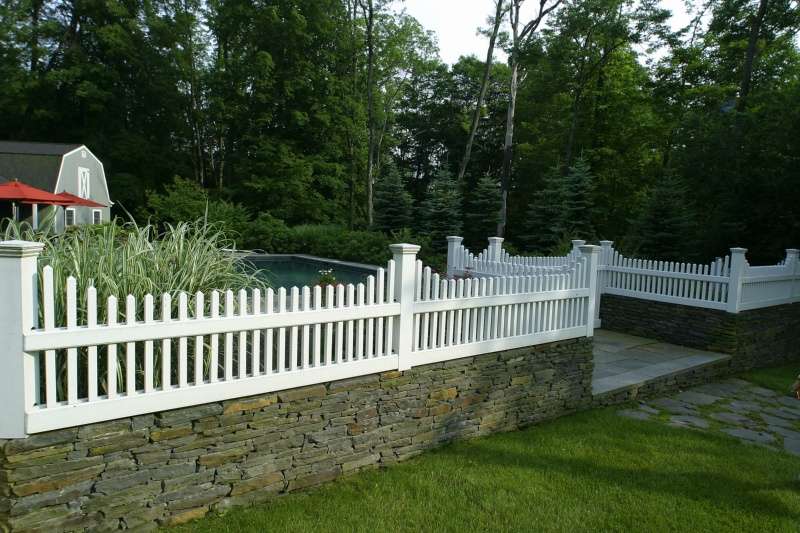
Considerations When Building A Fence After You Move, If you’re moving to a new home, you may want to repair or replace your fence. What are your responsibilities, laws, and fence etiquette when it comes to your neighborly responsibilities and fence etiquette?
The threshold of the land boundary is the first thing you cross when you relocate to a new property. The invisible line that demarcates what piece of land you own, legally separating it from the property next door and what land is open to the public.
The concept of building your home with a fence is centuries old; you may not need to dig a moat or build a drawbridge, but securing your land with a border fence sends a strong message to the outside world that you should only enter by invitation or “at your own risk.”
Fence etiquette, believe it or not, exists! Even if you plan on erecting a fence around your property within the confines of the law, there are things that aren’t necessarily specified in the law that could irritate your neighbors if you proceed without their consent. You may need to consider influences such as history, aesthetics, environment, corporate neighborhood management, or design, depending on your neighborhood and the tone of where you live.
Finally, if the fence is created within your property’s limit and you meet the requirements, you have the right to build whatever style of fence you like. It all comes down to consultation and being willing to modify your views if someone truly dislikes the plan– else, things could go nasty!
Also Read: What Is the Legal Description of Property?

Some things to think about when it comes to fence etiquette:
There are many different types of fences and materials to choose from to construct the boundary you desire. However, your budget and needs will ultimately determine what you choose. If your property is large, you will require more fencing, materials, and labor to accomplish the project. If you install a simple wire fence instead of a full brick fence with a retaining wall and elaborate Victorian-era style wrought iron gates with a smart open feature and smart home security, for example, you will save money.
Brick, stone, wood, Colorbond steel, corrugated iron, concrete, PVC/vinyl, glass, and wrought iron are all options. Depending on your selected design, your fence can be made of a variety of materials. If you’re like arts and crafts, you can even upcycle old materials. Plan your fence to withstand strong sunlight and heat, mold and mildew, traffic, pollutants, floods, landslides, and other local environmental variables. Do you live in a coastal suburb? There’s a chance you’ll have to deal with salt spray and rust.
Also Read: How To Handle Property Line Issues?
Make sure your fencing contractor is licensed and insured, as substandard construction can lead to a fence’s early demise. The average cost of building a fence is varied greatly based on the requirement and the materials used. It’s usually calculated by the meter, but the rate might take into account a variety of factors to enhance or decrease the installation’s complexity.
Fencing costs can include the following:
To create the foundation of any quotations, your potential contractor should come to the property for a preliminary examination.
If you’ve moved into a home with an existing fence, inspect it for flaws such as unstable posts, weak palings, inadequate foundations, rot, cracking, movement, rust, termites, and so on. If possible, repairing your fence rather than building a new one will save you money in the long run.
The barrier was built with one goal in mind: to keep people safe while keeping them out. The fence was the greatest emblem of riches and power in medieval times. If you fenced your community, you were erecting a barrier against potential enemies and declaring your willingness to battle to defend what you had built. Our fences are the last line of defense against the “outside,” but they are also a powerful barrier against burglary and home invasion.
Related Articles:





